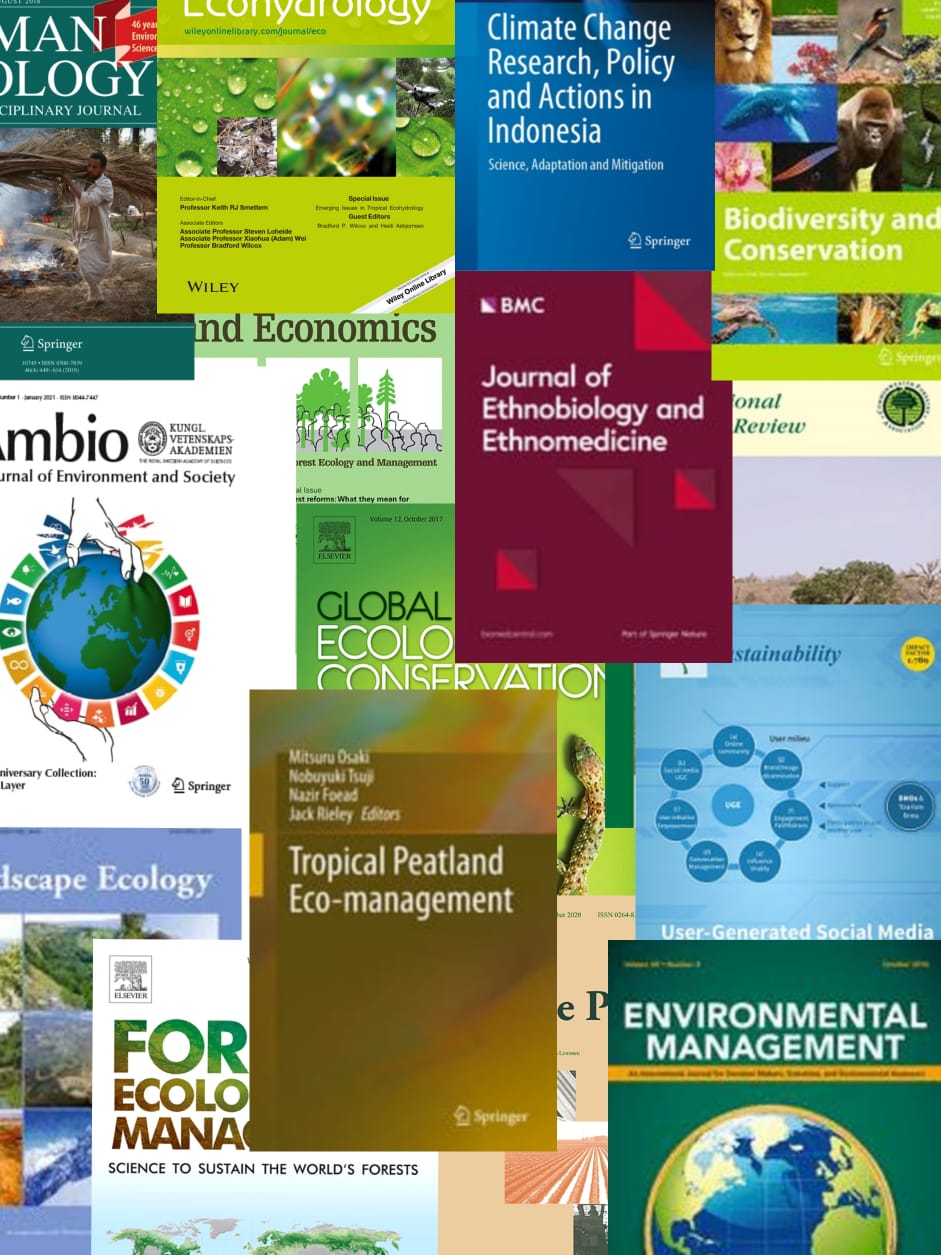The concentration of total suspended particles (TSP) and nanoparticles (PM0.1) over Hat Yai city, Songkhla province, southern Thailand was measured in 2019. Organic carbon (OC) and elemental carbon (EC) were evaluated by carbon aerosol analyzer (IMPROVE‐TOR) method. Thir-teen trace elements including Al, Ba, K, Cu, Cr, Fe, Mg, Mn, Na, Ni, Ti, Pb, and Zn were evaluated by ICP‐OES. Annual average TSP and PM0.1 mass concentrations were determined to be 58.3 ± 7.8 and 10.4 ± 1.2 μg/m3, respectively. The highest levels of PM occurred in the wet season with the corresponding values for the dry seasons being lower. The averaged OC/EC ratio ranged from 3.8– 4.2 (TSP) and 2.5–2.7 (PM0.1). The char to soot ratios were constantly less than 1.0 for both TSP and PM0.1, indicating that land transportation is the main emission source. A principal component analysis (PCA) revealed that road transportation, industry, and biomass burning are the key sources of these particles. However, PM arising from Indonesian peatland fires causes an increase in the carbon and trace element concentrations in southern Thailand. The findings make useful information for air quality management and strategies for controlling this problem, based on a source apportionment analysis.
View source

